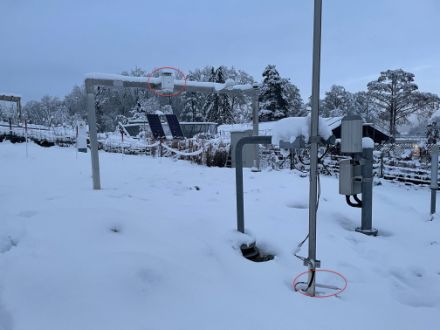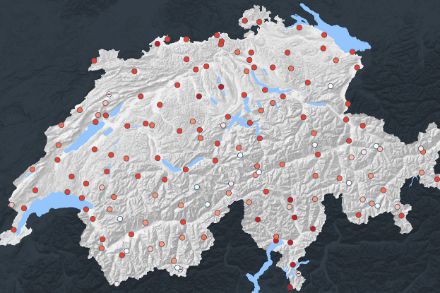Service Navigation
Search
Air frost
Where frost is concerned, the measurement is taken at a standard height of 2 metres. When there is no wind and the skies are clear, the biggest temperature drops at night always occur at ground level, as this is where the heat loss through radiation is greatest. The cold air (denser than warm air) therefore stagnates on the surface of the ground. This means that the temperatures recorded at a height of 2 metres are often higher than those recorded at ground level.
Ground frost
When there is no wind and the skies are clear, cold air stagnates at ground level. This can also lead to ground frost if the air temperature at 2 metres is above zero.
Frost day
If the lowest temperature recorded in a day is below zero degrees Celsius, this is known as a frost day.The temperature measurement at 2 m applies in this case.
Ice-day
If the 2-metre temperature measurement is continuously below zero in one day, this is known as an ice day

